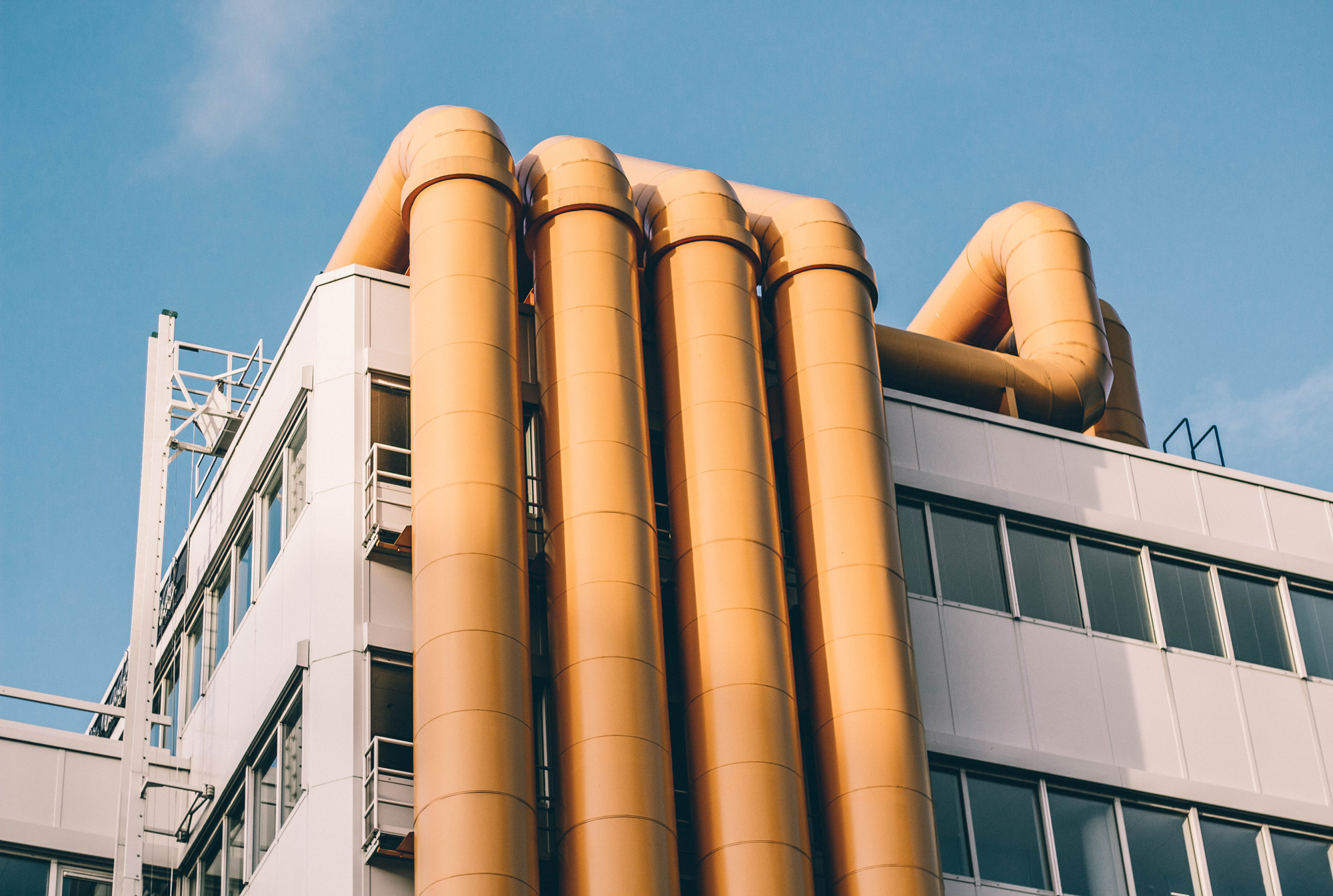When looking for an ideal space for your business, understanding the types of industrial buildings available may be the best first step. No one wants to waste time visiting building after building just to end up back at square one. Knowing the different types of buildings available in the industrial space helps narrow down what you’re looking for.
Examples of Industrial Buildings
What many business owners don’t realize is that there are many different types of industrial buildings to choose from. An industrial building is not just a lone, spacious warehouse. There are actually seven types of industrial buildings to choose from when seeking the best space for your business.
1. Warehouses
Warehouses are probably the most recognized type of industrial building. This industrial building example is mostly used as space for manufacturers to store goods or businesses to import, export, and create products. One advantage of warehouses is that they come in many different sizes and can be found within city lines as well as on the outskirts and in suburbs.
2. Storage
An industrial building that is created strictly for keeping goods, products, and resources safe is a storage building. These types of industrial buildings often keep cold items frozen and maintain safety for manufactured goods. Another use for storage spaces is personal use. This is when members of the public can keep personal items from home somewhere safe until they need them.
3. Manufacturing (Heavy and Light)
There are two different types of industrial buildings serving the manufacturing industry: heavy and light. Heavy manufacturing focuses on the production of materials using large equipment. Industrial buildings are so beneficial because they are large, with high ceilings and cement floors. They can support the electricity use, pressured air, and high capacity systems required for heavy manufacturing. On the other side of things, light manufacturing doesn’t require as much resource-intense equipment, but may need space, heavy raw materials, or a lot of material.
4. Flex
Flex spaces have become quite popular over the last few years. With so many businesses turning to hybrid schedules or becoming remote, co-working spaces have skyrocketed. Co-working spaces are often housed in flex industrial buildings where multiple businesses also operate. Flex spaces are collaborative in that many businesses and offices–sometimes also residences–can be in one building. Flexible spaces continue to grow as more and more businesses reap the benefits.
5. Hosting
An example of an industrial building that supports powerful electricity, technology, and power lines is a hosting center. This type of industrial building is located near large power lines because hosting centers house large technological devices where data storage is manipulated. Though hosting centers aren’t really offices, per se, workers will often visit to make adjustments to the items.
6. Showrooms
Conferences or events often use industrial spaces as a showroom. Products are positioned in this type of industrial building for viewing purposes only. Items are often staged and secured for audiences or salesmen so they have a lot of space to view the products.
7. Research and Development
Research and development (R&D) teams like to use large industrial buildings to set up their research stations and offices. When R&D businesses take over an industrial building, they have the space to create both labs and commercial offices. The industrial building becomes the go-to spot for employees so all the work is done in one place.

